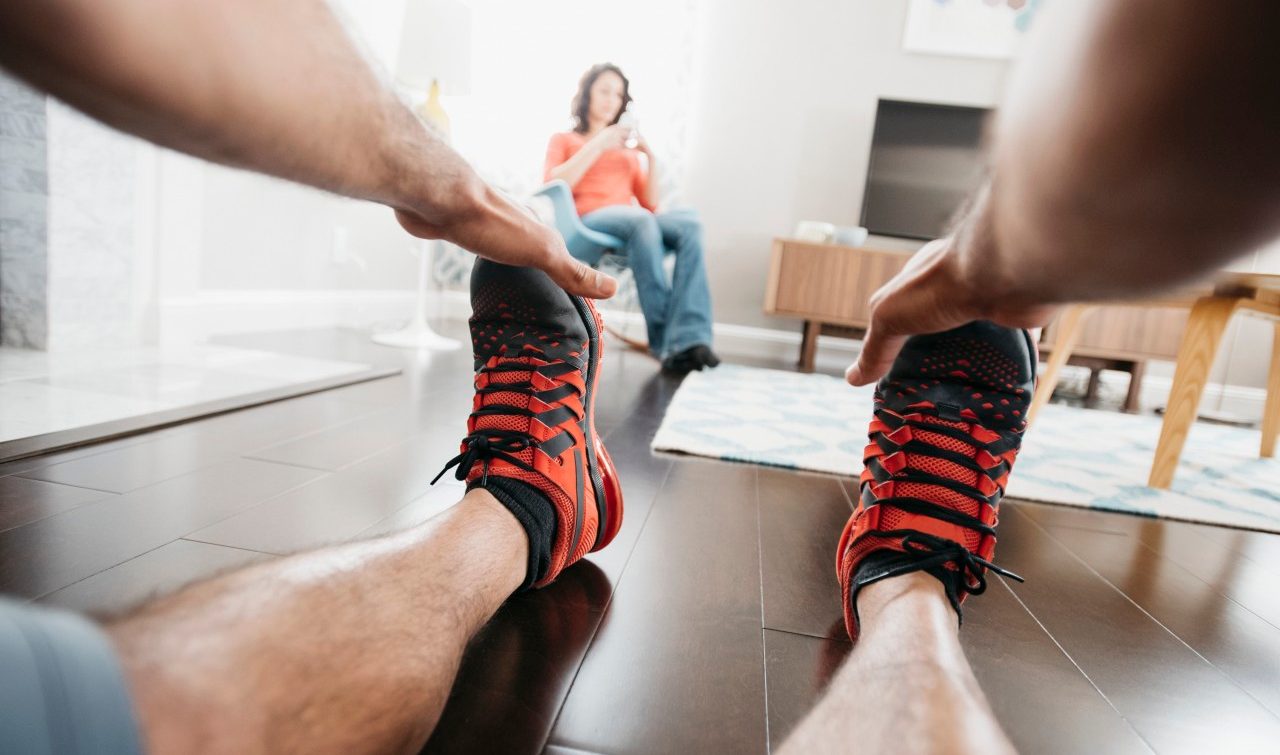Why Stretching Is So Important – Or Is It?

Advice on stretching to maintain flexibility, improve performance, avoid soreness, and prevent injuries seems to change with the year and the expert you ask.
Depending on how you define it and what your goal is, stretching is either good for you, bad for you, or does nothing for you. If you’re confused, blame researchers.
As they continue to study the benefits and drawbacks of stretching, the evidence seems more and more conflicting.
Most people stretch to prevent muscle soreness. If you do, a systematic review of 10 studies on stretching either before or after exercise says you’re wasting your time.
The conclusion was that stretching before exercise doesn’t prevent muscle soreness after you’re done. There was also little evidence in the cumulative data that stretching before exercise will prevent injuries. But there is evidence that simply warming up may prevent injury.
Researchers looked at was what is called static stretching. Examples include time honored routines, such as bending forward and touching your toes with knees locked, sitting on the ground and grabbing an extended leg by the foot, or bracing yourself against a solid object, like a wall, and holding one leg bent and forward while the other is held back and straight.
Another review of 104 articles from which data could be statistically standardized found that short-term spurts of static stretching results in decreased muscular strength and “explosive” muscular performance.
The findings also suggested that static stretching as the only activity during a warm-up routine should be avoided. Rather, evidence suggests stretching should follow a warm up period focused on range of motion.
Other studies also support a growing scientific consensus that pre-exercise stretching is unnecessary and counterproductive.
All of which begs the question of why, then, did stretching become a fixed part of your workout routine, and that of millions of others just trying to keep themselves in shape?
The answer is habit. Before science could analyze stretching, most of the advice on the subject came from coaches’ and trainers’ experience on how their muscles felt when they did it, as in good.
But it also has nothing to do with the understanding we now have of human anatomy, physiology, and biomechanics.
A 2014 update of the American Academy of Sports Medicine (ACSM) manual for personal trainers says “as most physical activities and sports consist of numerous multi-joint movements, it is essential the musculoskeletal function not be compromised by inadequate flexibility. Stretching is the method used most commonly to increase joint (range of motion).”
ACSM’s current position stand on ways to develop and maintain fitness and flexibility in adults recommends the inclusion of general stretching exercises emphasizing the major skeletal muscle groups at least 2 to 3 days a week. But, for exercise in which strength and power are important, stretching should be done afterwards.
The concept of “dynamic” stretching, or stretching during controlled movements, has gained favor. Dynamic stretches are different and require movement, but controlled movement. “Performing dynamic stretching properly can have a significant benefit to your athletic performance,” writes physical therapist Heather Moore.
Some examples of dynamic stretching:
“Dynamic stretching is able to accomplish many things. It is able to increase blood flow, increase the range of motion, increase your awareness of your joint position, and improve your athletic performance. That is why you see everyone from amateur athletes to the NFL and NBA performing it. It has become a necessary part of warm up,” she adds.
The one thing that seems clear is that if you read enough about stretching, you won’t know what to do. To boil it down: the benefits of stretching are individual to the population studied, or, you should customize your routine to fit your needs.
You need to understand your sport, or activity, the muscle groups involved, and how to stretch in order to balance your muscles.
Static stretching alone is probably not a good idea. It should be accompanied by a warm up and a dynamic routine of range-of-motion exercises that prepare the joints.
Older adults age 65 and up should incorporate static stretching into an exercise regimen. Orthopedic patients can benefit from both static and pre-contraction stretching, a contraction of the muscle being stretched or its antagonist before stretching.
The most common type of pre-contraction stretching is proprioceptive neuromuscular facilitation (PNF) stretching, which normally results in a greater range of motion compared with static stretching. An example:
If you are among more than 30 millions Americans with chronic lower back pain, stretching exercises are especially important because they can help reduce it and may even help prevent future episodes. But, correct technique is essential.
If you know what you’re doing and why you’re doing it, stretching can improve range of motion and can be relaxing. Just be careful to avoid static stretching because you think that’s what’s done before an activity or focused exercise. Warm up and include dynamic stretching.
Let the researchers continue to debate the details of stretching. Hal Higdon, a writer, author, and runner for nearly 50 years, says keep it simple and instinctive. There are too many rules. Really, is learning to stretch that difficult?
“Think of a cat. Cats are natural stretchers. When they're feeling tight and lazy, they just reach out with their paws and — wooooosh — loosen their body. Nobody taught a cat how to stretch. Nobody wrote a book titled 'Stretching For Cats.'”
Updated:
April 08, 2020
Reviewed By:
Janet O’Dell, RN